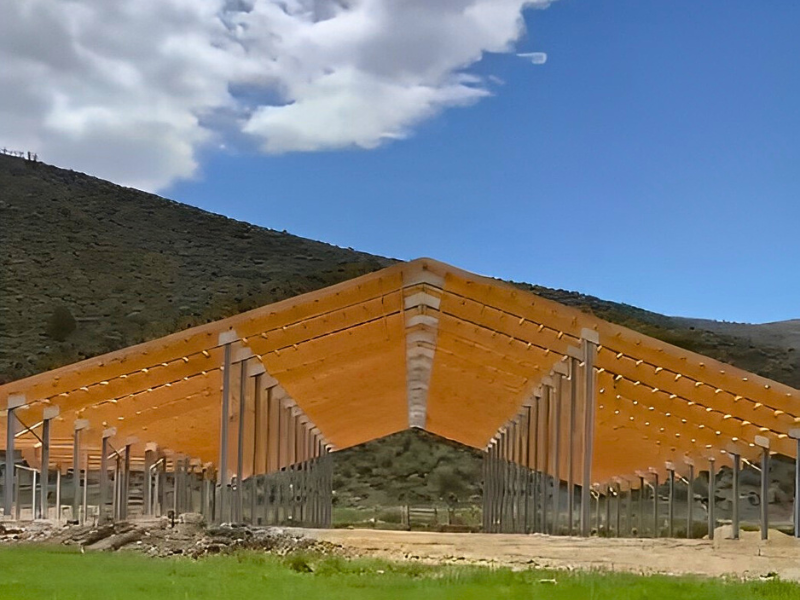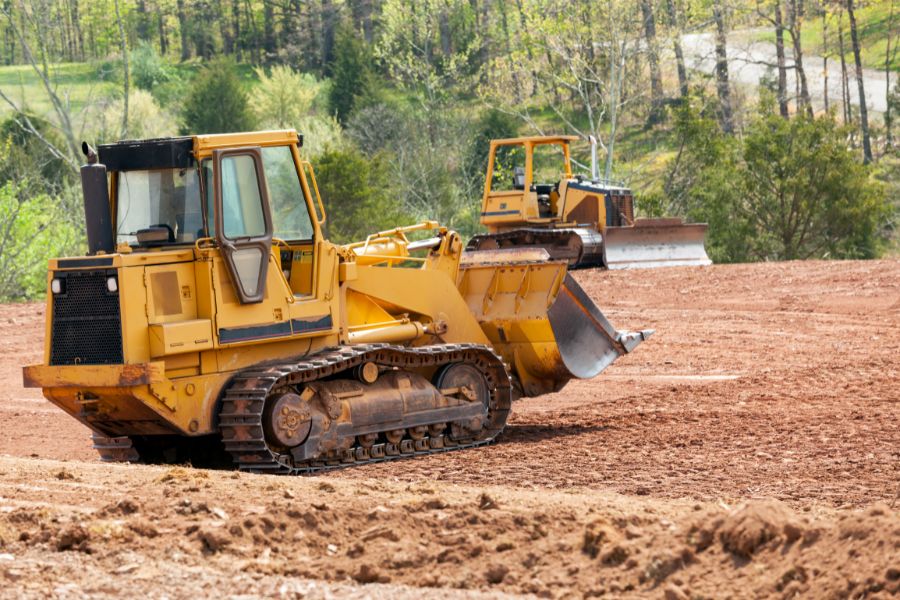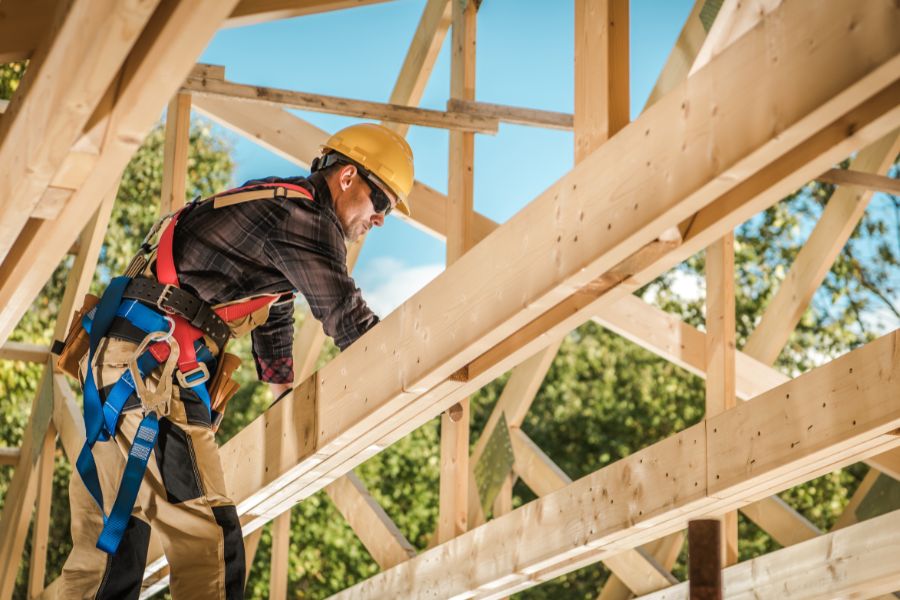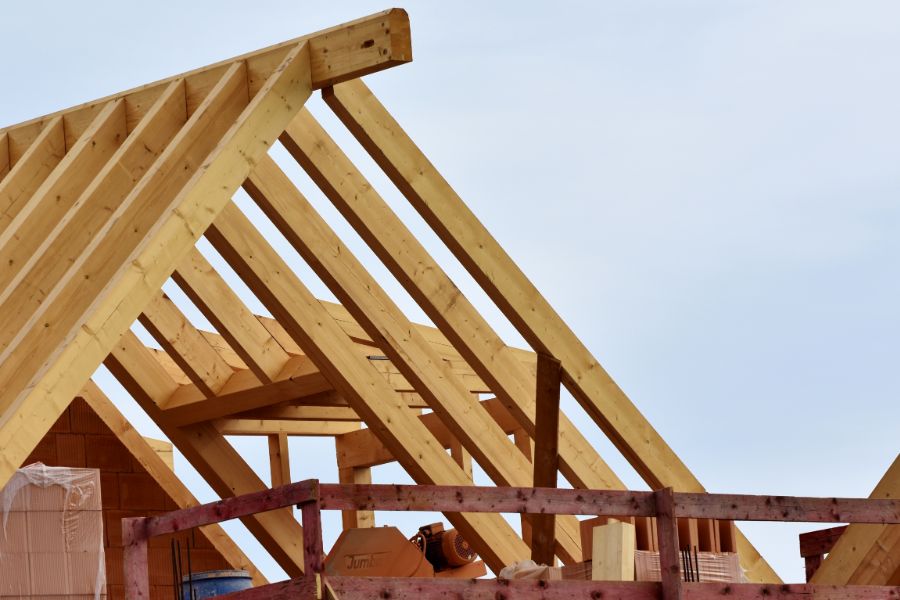When it comes to knowing how to build secure pole buildings, safety stands as the cornerstone of a successful project. Constructing a pole building isn’t just about assembling materials; it’s about creating a safe haven that endures. This guide unravels the essential safety considerations for pole building construction and usage, from the foundation to the roofing, ensuring that your structure is not only sturdy but also a sanctuary of security.
Pole buildings, also known as pole barns, offer versatile spaces for various needs, be it storage, workshops, or more. However, their strength lies not just in their purpose but also in the safety measures that govern their creation. Here’s a breakdown of the pivotal safety aspects at each construction phase, so you can embark on your pole-building journey with confidence.
Building a Secure and Solid Foundation
Before hammers meet nails, the foundation sets the tone for safety. Knowing how to construct a secure foundation ensures the stability of your pole building throughout its lifetime.
Proper Soil Assessment:
- Evaluate the soil’s capacity to bear the load and tailor your foundation design accordingly.
- Account for soil type, drainage patterns, and potential settling risks.
Foundation Material Selection:
- Choose pressure-treated wood or concrete for the poles in contact with the ground to prevent decay.
- Ensure precise installation techniques to prevent shifting over time.
Engineered Precision:
- Collaborate with expert engineers to ensure the structural calculations are accurate.
- Obtain the necessary permits and adhere to local codes for a safe and compliant foundation.
Crafting a Secure Frame
The frame of your pole building is its backbone. A well-constructed frame is crucial for overall stability, resilience, and safety.
Secure Spacing and Bracing:
- Maintain proper pole and truss spacing to distribute the building’s weight evenly.
- Implement diagonal bracing to thwart lateral forces and prevent swaying.
Wind Load Adaptation:
- Tailor pole dimensions and spacing to resist potential wind loads in your region.
- Add extra bracing or anchoring in high-wind areas to reinforce the structure.
Truss Reliability:
- Employ engineered trusses designed for your building’s specifications.
- Attach trusses securely using appropriate hardware to avoid roof collapse.
Secure Roofing and Siding Stability
Your pole building’s roofing and siding aren’t just protection; they’re integral components of its safety and durability.
Resilient Roofing Choice:
- Pick roofing materials that withstand weather and align with your local climate.
- Ensure meticulous flashing installation to keep water out and prevent structural damage.
Durable Siding Solutions:
- Opt for siding materials resistant to moisture, insects, and decay.
- Seal joints and edges effectively to prevent water penetration and ensuing harm.
Effective Ventilation:
- Install proper ventilation systems to ward off moisture buildup and mold growth.
- Incorporate ridge vents, soffit vents, or gable vents to maintain air circulation.
Conclusion
Understanding how to build pole buildings goes beyond blueprints; it involves mastering safety measures unique to this construction style. Each phase contributes to a secure haven, from the foundation’s stability to the roofing’s resilience. By following these safety protocols, you’re not only creating a pole building; you’re constructing a bastion of safety, guaranteeing lasting strength and security for both the structure and its occupants.
Remember, these safety principles aren’t just for constructing new pole buildings; they also add value and credibility to existing ones. When considering pole barns for sale, prospective buyers will appreciate the commitment to safety that ensures their investment is more than just four walls and a roof. With safety at the forefront, your pole building becomes a testament to responsible construction, offering peace of mind for years to come.





Recent Comments